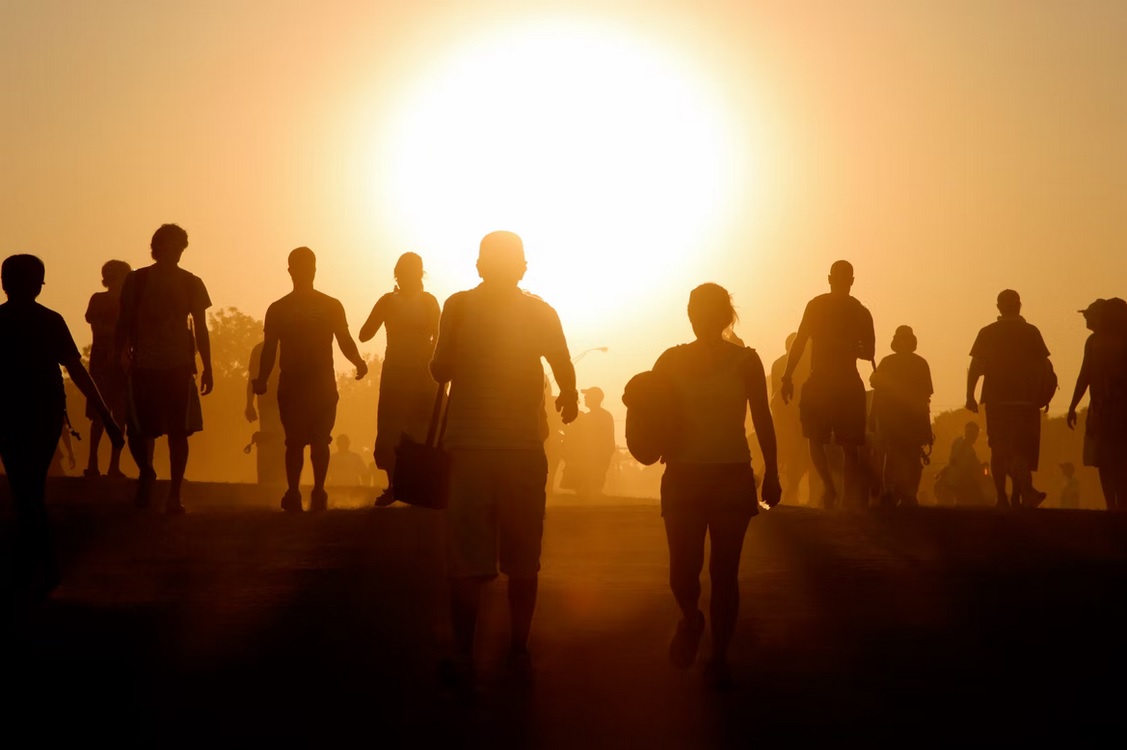
By Becky Zuschlag & Lex Shvartsmann
As summer approaches and the temperatures begin to rise, Oregon and Washington employers should review their heat exposure and illness prevention policies and practices to ensure that they comply with their state’s rules. Both the Oregon Occupational Safety and Health Administration (“OR-OSHA”) and the Washington State Department of Labor (“L&I”) have implemented permanent heat illness prevention and exposure rules in recent years and require employers to take specific steps to protect workers from heat-related illness when working in high temperatures.
Oregon Heat Illness Prevention Rules
OR-OSHA’s heat illness prevention rules have been in effect since 2022 and apply whether employees are working in indoor or outdoor environments. Under these rules, when the heat index equals or exceeds 80 degrees, employers must provide the following protections:
Access to Shade: Employers must maintain at least one “shade area” that does not expose employees to unsafe or unhealthy conditions, and they must not discourage employees from utilizing the shade area. If providing a shade area is not safe or practical, an employer must implement alternative cooling measures that provide equivalent protection as shade.
Drinking Water: Employers must provide access to 32 ounces of cool or cold drinking water per hour. Employers may also choose to supply electrolyte-replenishing beverages, such as sports drinks, so long as they do not contain caffeine and do not completely replace required water supplies.
Acclimatization: Employers must either develop their own acclimatization plan for allowing employees to slowly adapt to high temperatures at the worksite or adopt the National Institute for Occupational Safety and Health guidance.
Training & Policy: Employers must train employees prior to exposure and annually in heat illness risk factors, how to adapt to working in a hot environment, and procedures for complying with the above requirements if employees work at a worksite where the heat index may reach 80 degrees or higher.
Emergency Medical Plan: Employers must create and implement an emergency medical plan addressing the identification and response to possible heat illness and contacting and communicating with emergency medical responders.
Extreme Heat Protocol: When employees are exposed to a heat index of 90 degrees or higher, employers must provide additional protections, including developing and implementing a “heat-illness prevention rest break schedule,” ensuring effective communication between employees and supervisors, observing employees for alertness, signs and symptoms of heat illness, and monitoring affected employees to determine whether medical attention is necessary.
Washington Heat Exposure Rules
Last June, L&I updated its Outdoor Heat Exposure rules, which apply to all Washington employers with employees who perform work outdoors. The following is a summary of the requirements, which must be in place when the outdoor temperature reaches “action level” at any point during the year. For workers wearing non-breathable clothing, the action level is 52 degrees; for workers wearing all other types of clothing, the action level is 80 degrees.
Access to Shade: Employers must provide access to shade or other sufficient means for cooling down when employees are exposed to temperatures at or above action levels. Shade must be close to where employees are working, and there must be enough shade for all employees to sit fully in the shade.
Drinking Water: Employers must provide at least 1 quart (32 ounces) of suitably cool drinking water, and the opportunity to drink this water, for each worker each hour when workers are exposed to heat at the applicable action level.
Acclimatization: Employers must closely observe employees who are not acclimatized to heat for 14 days. During a heat wave, where the temperature is at or above action levels and at least 10 degrees higher than the five-day average highs, all employees must be monitored. Close observation requires regular communication with employees working alone, a mandatory buddy system, or other effective means of observation.
Training & Policy: Employers must provide training to employees prior to outdoor work where exposure to heat may occur and to supervisors prior to supervising employees who work outdoors and may be exposed to heat at the applicable action level. After the initial training, training must occur at least annually.
Emergency Procedures: Employers must ensure supervisors and employees always have a way to communicate with each other so they can promptly report signs and symptoms of heat-related illness and obtain medical assistance when necessary.
Extreme Heat Protocol: When the temperature is at or above 90 degrees, an additional 10-minute rest period every two hours is required. When the temperature is at or above 100 degrees, this rest period is extended to 15 minutes every hour and must be paid unless taken during a meal period.
For questions about Oregon or Washington heat exposure and illness prevention rules, contact Becky Zuschlag at 503-276-2151 or [email protected].
Electronic Alerts are written by Barran Liebman attorneys for their clients and friends. E-Alerts are not intended as legal advice, but as employment law, labor law and employee benefits announcements. If this has been forwarded to you, and you would like to receive Electronic Alerts directly, call 503-276-2115 or email [email protected]. Copyright © 2024 by Barran Liebman LLP.
Disclaimer: Articles featured on Oregon Report are the creation, responsibility and opinion of the authoring individual or organization which is featured at the top of every article.

